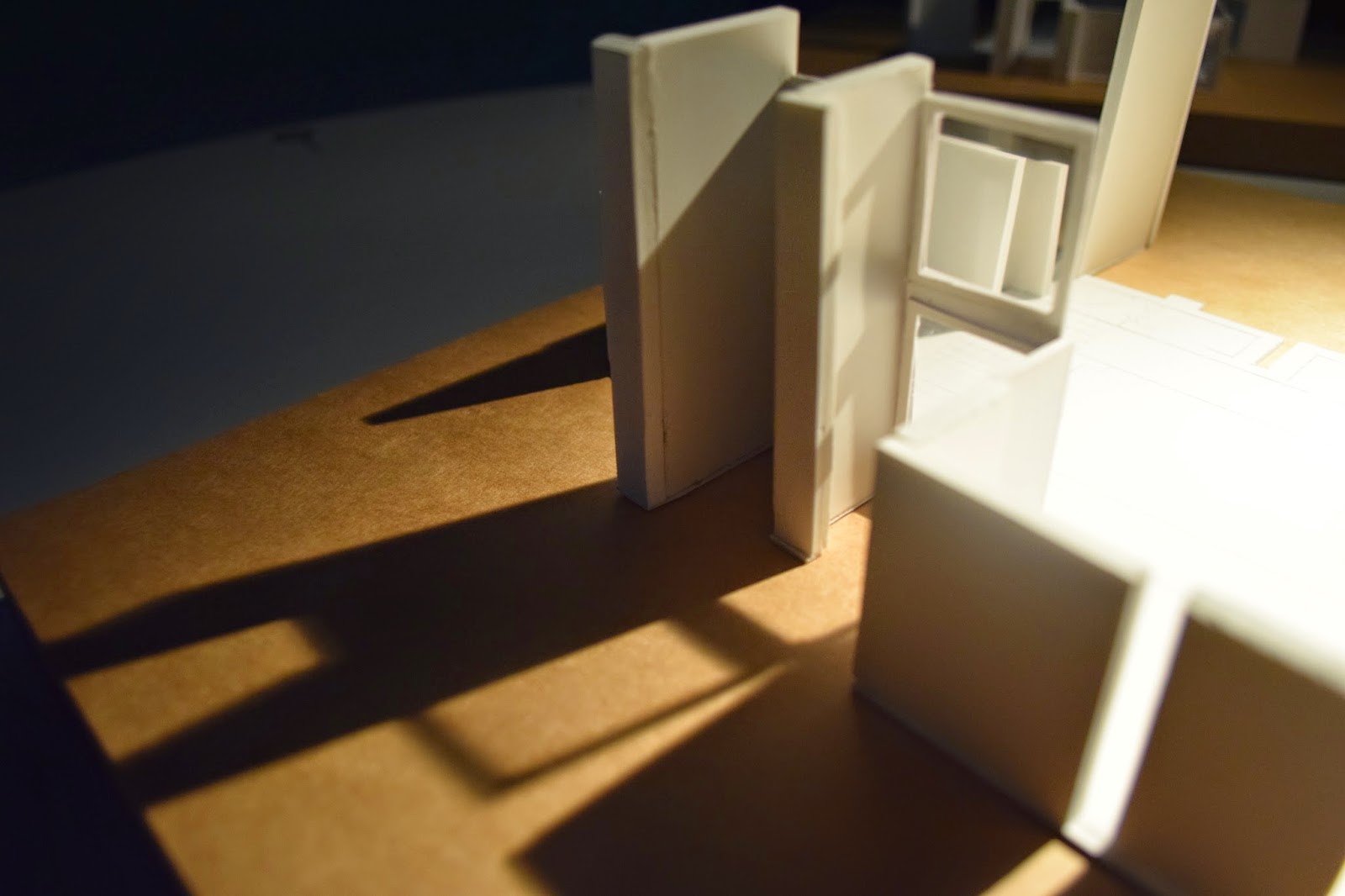So now here is my new update of my project 2 due to crash of old one...
Delicate Articulated Lighting
Delicate articulated lighting -combined the 3 main core ideas of mobius house-Endless space,Space Linked by common space and also space planning according to time.
The delicate articulated lighting was inspired by articulated composition which contain the feeling of glorious and delicate.
The delicate articulated lighting create shadow to show detail of every single element of lighting.
 |
| Delicate articulated lighting create shadow on the wall to show detail of every single element of the lighting |
 |
| Also create shadow to the ceiling |
 |
| Each small elements was attached on a path and connected to common space |
 |
| The form of circle was inspired by the concept of mobius house,which is flexible,dynamic and lively. |
Write up:
The delicate articulated lighting combined the main 3 core ideas of mobius house -Endless space,Spaces linked by common space and Space planning according to time.
The endless space can be showed by using the form from bottom all the way to top and each tiny elements were attached on a path and linked to each other to form endless chain.Every single elements were linked to a point and form a space to reveal the concept Spaces linked by common space.The Space planning according to time can be showed by the brightness of light and also the shadow created on wall and ceiling.
The main way of delicate articulated lighting to show its detail is create the shadow on the wall and ceiling.The pattern of the elements of lighting were inspired by articulated composition which contain the ambient and feeling of glorious and delicate .The form and shape of the lighting also combine the main concept of Mobius house -Flexible,free and dynamic.

















